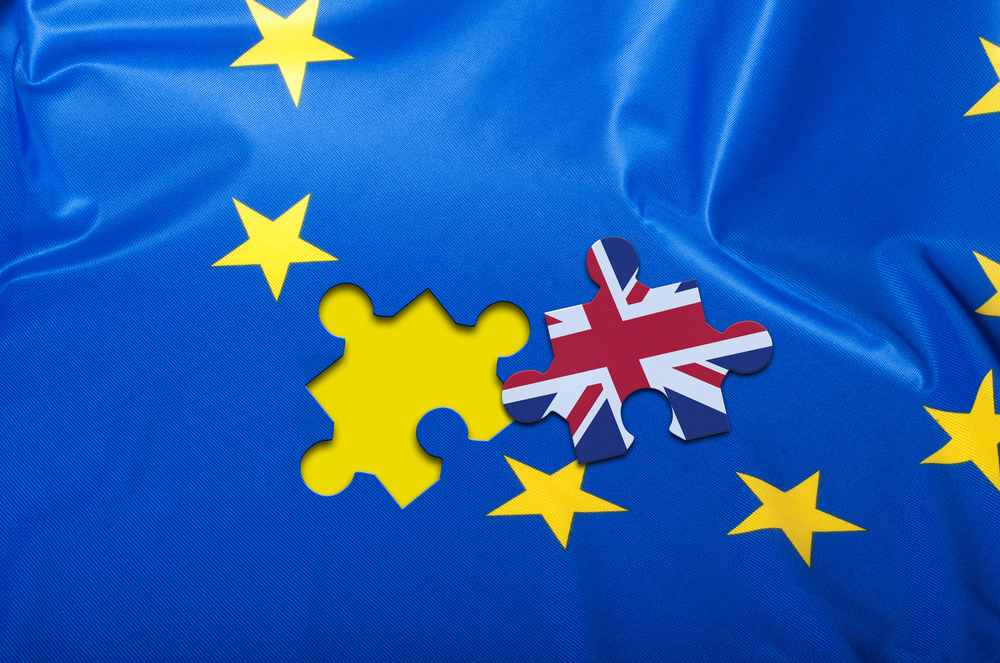Blog
BLOG: How Brexit negotiations have impacted financial markets

A look back at the impact Brexit talks have had on the forex market and the FTSE 100 – and a look ahead at what a no-deal scenario may bring.
The UK’s decision to leave the European Union (EU) on 23 June 2016 sent shock waves throughout the financial markets, with the FTSE 100 falling 8 per cent within minutes of trading opening.
Since then, legal wrangling, complex political negotiations and missed deadlines have led to large degrees of market uncertainty and volatility. In this post, we’ll look at some key moments in the UK’s Brexit negotiations and assess the impact they’ve had on the forex market and the FTSE 100.
The UK’s EU exit: A Timeline
In order to understand Brexit’s impact on investors, it’s best to create a timeline of the decisions that have affected the financial markets, with help from data and figures from DailyFX.
June 2016 – The UK Votes to Leave
As the result was announced, the pound slumped due to economic uncertainty. This included the pound falling sharply against the dollar, with the GBP/USD currency pair falling from highs of 1.45 in April to 1.36 in June 2016. Likewise, the EUR/GBP currency pair rose as a euro goes from being worth £0.79 in April to £0.83 in June.
January 2017 – Lancaster House Speech
However, the UK’s exit from the EU was not all negative news for the pound, and we actually saw a slight rebound in 2017 following Prime Minister Theresa May’s Lancaster House speech where she set out the UK government’s priorities for Brexit talks. This speech caused the pound to rally against the euro and the dollar, with the GBP/USD pairing trading in a 3.6% weekly range (low to high).
Source: Pexels
April 2017 – Prime Minister May’s Election Gamble Backfires
After encountering trouble trying to pass legislation through parliament due to a slender majority, Prime Minister Theresa May called for a General Election. However, although she remained Prime Minister, her Conservative Party lost seats and needed to form a coalition with the DUP in order to govern. As a result, the FTSE 100 fell 3.64% in a week.
November 2018 – May’s Deal Rejected
After over a year of complex negotiations, Mrs May finally returned from Brussels with a draft Brexit agreement. However, the bill was contentious, and she failed to get it through parliament repeatedly, while several of her ministers (including the Brexit Secretary) resigned in protest. The FTSE fell over 200 points, and the euro gained against sterling, rising from 0.88 to 0.9.
March and April 2019 – UK Misses Withdrawal Date and Receives an Extension to Article 50
As the Prime Minister could not pass her deal through the House of Commons, she sought an extension to Article 50, which was approved by the EU, who allowed an extension until 31st October 2019. The pound rebounded slightly against both the euro and the dollar, ending volatility as short-term uncertainty was priced out of the markets.
Looking to the Future
With the UK now set to leave the EU in October, but with no plan in place that can pass parliament, a no-deal Brexit looks increasingly likely.
Due to the disruption that a no-deal scenario would cause, many market analysts are prepared for significant volatility in the forex markets, should this come to pass. If a no-deal scenario is indeed agreed, then we will likely see the value of sterling fall further than we have during negotiations due to uncertainty over ongoing trade between the UK and the EU.
Likewise, the FTSE 100 has only rebounded following announcements that have made a no-deal less likely, which makes a confirmation of a no-deal likely to see sharp falls in the value of the FTSE 100.

